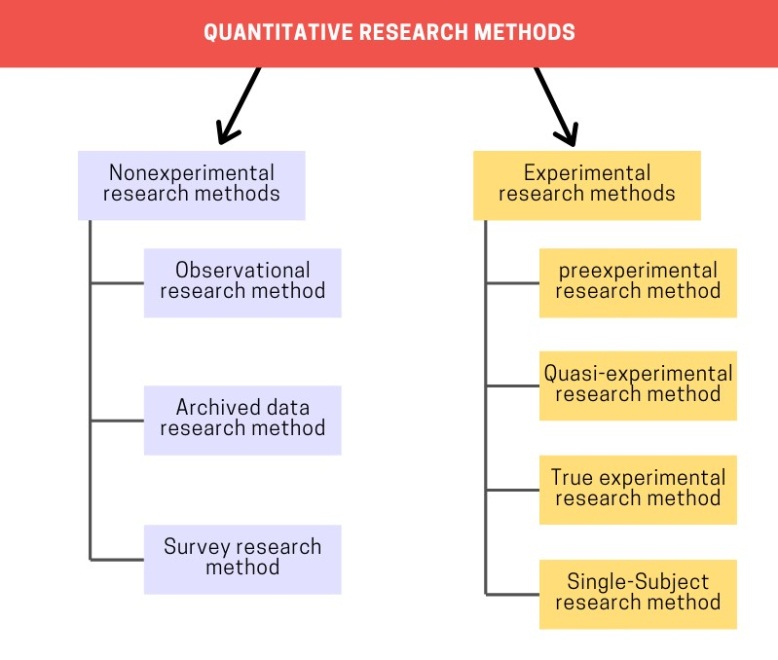Explain the evaluation of quantitative data collection in pharmaceutical research
Brief:
- Health data collection questionnaire design for companies provides quantitative research methods in pharmacy practice to estimate the frequency, comments and size of the product.
- One of the most used techniques for collecting data for research purposes is quantitative data collection.
- Data collection service helps to analyze the data for an individual approach to identify trends. It has a great outcome based on current trends.

Pharmaceutical qualitative research methodestimates frequency, commonness and size. Quantitative data collection method uses existing data or collects their self-report.This type of research usingexisting data through observation or self-report.It empathies the objective measurements and statistical, mathematical, numerical analysis of data collection by manipulating pre-existing statistical data using the computational technique.Outsource and insightful data mining services and consulting is helpful to have a continuous progression and interpretation. It is the process that provides a new strategy that is in a persistent pattern.
Data from quantitative research such as market size, demographics provides essential information for business decisions. This method helps the business to have a fact-based conclusion for making a decision. This study contributes to allowing for broader research and enhancing the result.
Evaluation of quantitative research:
Typically, quantitative research requires a large population. The method used for collecting quantitative data collection can impact your result if you plan to conduct your research usinga specific technique. Different ways are used in quantitative research. Thecommon are interviews, focus group discussions, observational methods and document analysis. Combining more data collections methods enhances the credibility of the study.Initially, the collected data is unstructured.
Market Research and Consumer Data Collection Servicescollect from a survey, which asks questions to gather responses on current trends.Quantitative data collection methods are broader because they provide straight information. Using these methods, our experts answer researchers questions about the research. Quantitative data collection is measurable.
Primary and secondary data collection:
Primary data collection service helps to investigate the specific purpose of the problem under the study. The quality of collecting primary data entirely depends on the investigator. If needed, it is possible to obtain additional data during the study period.Automated data collection and analysis is the only tangible way to know if the decision is going on the right path. Having measurable data to analyze will help you determine whether the goals are reached.
Secondary data is collected to analyze the impact of the study. Secondary data collection service ensures you to produce a high standard decided data in the format the organization requires. Obtaining additional data about the survey is not provided most often.

Survey Data Collection Services is having a unique way of gathering information from a large group. This consultation provides surveys include having a large population and therefore a significant statistical power and have the ability to collecta large volume of information.
Interviews:Interviews are beneficial to explore experiments, views, opinions of the customers. Data can be investigated and compared to others, to develop an understanding of the underlying structure of the document.
Focus group discussion:Focus group discussions are useful to examine how knowledge is produced. The researcher createsconversation to explore how ideas develop and operate in a group. A focus group discussion involves gathering peoples from similar backgrounds together to discuss a specific topic. Focus group consists of the activity and project on the service. They are generating and evaluating pharmaceutical data from different groups.
Observation methods: observation allows to access how typical is the evaluation of data to look for patterns in circumstance. Inspection needs to be planned with a clear understanding of the required data question. It is valuable to observe with two or more peoples which helps to undertake observation.
Document analysis: Document analysis is nothing but the interception of data by the researchers to give a powerful outcome.
Evaluating quantitative research by experimental research method:
Market Research Data Collection & analysis for Companies provide you with experimental research in pharmacy with a scientific approach using two variables. The first set is constant, which is used to measure the difference between the collections. Experimental research is vital to test new ideas or theories. The experimental study allows you to check the concept is in a controlled environment before giving a suggestion.
Various researchers involved in evaluating quantitative research have strong knowledge to obtain the desired outcome. It helps analyze result to apply findings to a similar business situation. It also provides a piece of information to identify the cause and effect of a hypothesis, which is useful for future analysis to determine in-depth ideas.
Advantages of evaluating by the quantitative method:
- Quantitative surveys enable researchers to ask completed queries with a possible list of answers.
- This method is easier to handle, as they pick from a list of the response. It helps in interpreting large scale data collection.
- The quantitative research allows you to deal with a higher sample size.
- Qualitative research process in a real-time scenario occurs almost quickly. It does not require the separation of system or identification to produce the result.
References:
- Alcalà, M., Blanco, M., Moyano, D., Broad, N.W., O’Brien, N., Friedrich, D., Pfeifer, F. & Siesler, H.W. (2013). Qualitative and Quantitative Pharmaceutical Analysis with a Novel Hand-Held Miniature near Infrared Spectrometer. Journal of Near Infrared Spectroscopy. [Online]. 21 (6). pp. 445–457.
- Gallego, G. & Norgaard, L. (2018). Qualitative Methods in Pharmacy Research. Pharmacy. [Online]. 6 (3). pp. 79.
- pharmaceutical (2007). An overview of qualitative research. [Online]. 2007.
